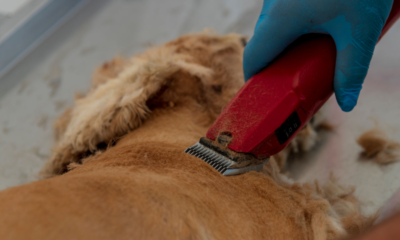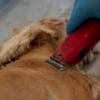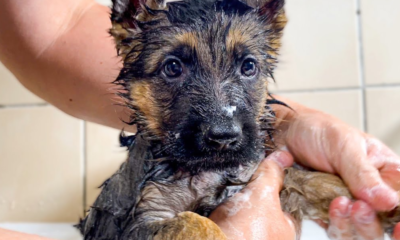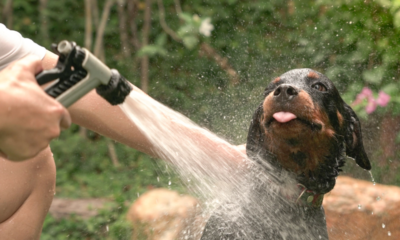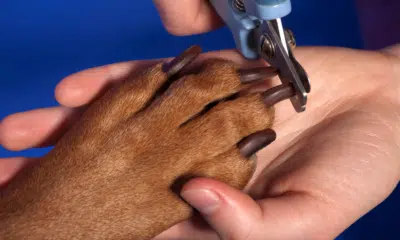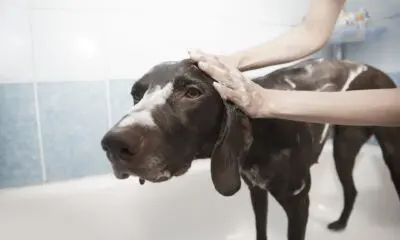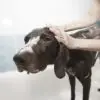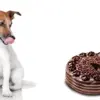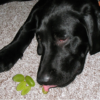Is your dog’s shedding driving you crazy? Don’t worry, you’re not alone. If you have ever owned a dog, then you know that they shed. Sometimes it seems like your pup sheds all the time and it becomes frustrating trying to figure out why your dog seems to shed so much and how to keep that under control. This article will help explain why my dog sheds so much, as well as how you can best manage that shedding issue so it doesn’t become an overbearing problem.
Learn About Shedding
Dogs are covered in hair for a reason—to protect them from sunburn, insects, and weather extremes. But, those hairs need to come out too! That’s where your dog’s shedding comes into play. By shedding their excess fur, they’re able to regulate their body temperature and adjust to seasonal changes in length. Over time, they shed more as they grow older. Fortunately, there are ways to reduce how much your dog sheds when you understand why it happens!
The Different Types Of Shedding
Dogs shed for several reasons, and many factors can determine how much a dog sheds. Diet, grooming routine, exercise, and hereditary factors all play a role in determining how much fur your dog will lose. The number one reason that dogs shed is that they have a thick undercoat of fur that grows at a different rate than their outer coat. The result is that you end up with more hair on your floor than on your dog! If your dog has a double-coated breed, like German shepherds or huskies, then it’s likely he’ll shed year-round. These breeds have an undercoat that usually begins to fall out as temperatures start to drop in late summer or early fall. But if you live in an area where winter isn’t very cold, it may not be necessary to brush these breeds regularly during shedding season. Other breeds, like terriers and poodles, don’t typically shed heavily until late spring or early summer when warmer weather arrives. As with double-coated breeds, some single-coated dogs might need regular brushing to keep shedding under control.
How Often Does Your Dog Shed?
The more often your dog sheds, particularly if you have a large breed, can be somewhat frustrating. The answer to why dogs shed frequently is simple: As they grow older, their outer coat may change, making it look like they’re shedding more often than they really are. However, there may be medical reasons why your dog is shedding more than normal.
Like humans, dogs experience balding as they age. Some breeds lose hair on certain parts of their body as they get older; others lose hair across their entire bodies.
Dog Shedding Schedule According To Season
Dogs are more inclined to shed in certain seasons due to seasonal temperature changes. It’s best to watch your dog closely and become familiar with its shedding patterns. As a rule of thumb, dogs shed more often when it’s warm out. Your dog will also shed fur if it suffers from allergies, as well as throughout different stages of their life cycle, like when they get older or go through pregnancy.
Ways To Minimize Shedding In Your Home
You might not be able to stop your dog from shedding altogether, but there are steps you can take to minimize how much hair he leaves behind on your floors and furniture. First, brush him often (and use a rubber-toothed comb if you need to) so that loose hair gets removed before it reaches its end destination: your sofa cushions. If you have a long-haired breed, bathe him in between grooming sessions to help remove as much dead hair as possible. And for very hairy dogs, consider using a de-shedding tool like FURminator or Furbo—these tools will pull out more of your pup’s undercoat than brushing alone. These tools aren’t cheap, but they’re worth every penny if they keep you from having to vacuum every day!
Tips For Treating Excessive Shedding
There are several things you can do to help manage your dog’s shedding. First, it’s a good idea to check with your vet and rule out any health problems. Next, try bathing or brushing your pet more frequently and use an undercoat rake or pin brush that has shorter pins to remove loose hair. Some dogs will benefit from supplements like fish oil or omega-3 fatty acids that have been found to encourage healthy skin, coat, and skin. You may also want to consider changing your diet as some foods can contribute to excessive shedding. Finally, if these changes don’t seem to make a difference, you might want to talk with your vet about other options such as medication or even surgery.




